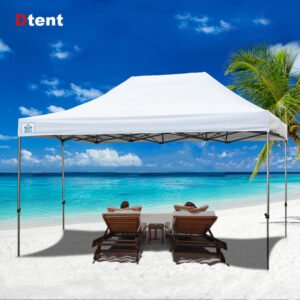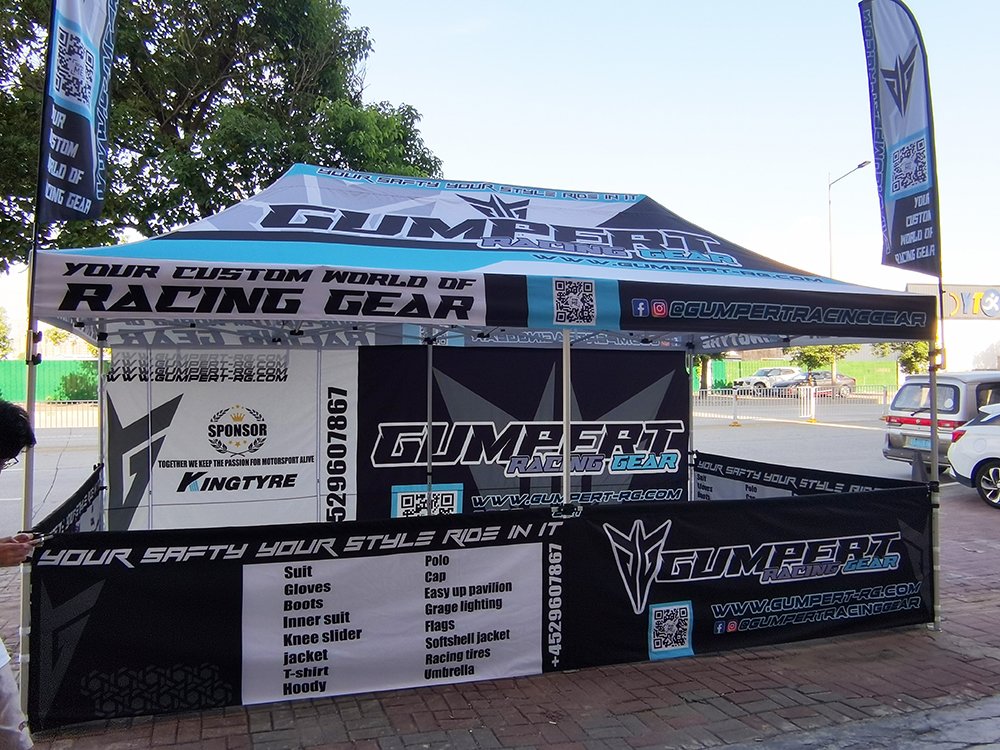Last Updated on 07/03/2025 by dtent.net
When choosing a tent, the frame is the core part that supports the entire tent structure. Its material, size, installation method, and durability are all crucial considerations. A suitable tent frame not only ensures the stability and safety of the tent, but also improves the comfort of outdoor accommodation. The following is a comprehensive guide on how to choose a tent frame.
1. tent frame Material selection
Aluminum alloy: Aluminum alloy is one of the most common materials for tent frame. It is popular because of its light weight, high strength, and corrosion resistance. It can provide sufficient support and is easy to carry and set up.
Fiberglass: Although not as common as aluminum alloy, fiberglass frames also have high strength and corrosion resistance, and in some cases may be lighter than aluminum alloy. However, its cost may be relatively high.
Steel: Although steel frames are sturdy and durable, they are heavy and not easy to carry, so they are more suitable for fixed camps or occasions that do not require frequent movement.
2. tent frame Size considerations
When choosing the size of the tent frame, the first thing to consider is your specific needs. If you are traveling alone, a small and lightweight tent frame is enough; if you are traveling with a family or a group camping, you need to choose a larger frame to accommodate more people. In addition, you should also consider the space layout inside the tent to ensure that the frame can support the interior space you expect.
3. tent frame Installation method
Quick-release design: Many modern tent frames adopt a quick-release design for quick installation and disassembly. This design usually includes pre-assembled poles and easy-to-connect joints, which can greatly save installation time.
Elastic rope connection: Some tent frames use elastic ropes to connect poles and tent fabrics. This design not only simplifies the installation process, but also adapts to terrain changes to a certain extent and improves the stability of the tent.
4. tent frame Durability and stability
When choosing tent frames, durability and stability are also factors that cannot be ignored. High-quality frame materials should have good wind pressure resistance and load-bearing capacity to ensure stability even in severe weather conditions. In addition, some high-end tent frames are also equipped with additional reinforcement designs, such as ground nail fixing straps, wind rope adjusters, etc., to further improve stability.
5. Other considerations
Portability: If you need to carry your tent with you often, the portability of the frame is particularly important. Choosing a lightweight and easily foldable frame can greatly reduce the burden.
Versatility: Some high-end tent frames support multiple construction methods, and the shape and size of the tent can be adjusted as needed. This versatility provides more flexibility and choice for camping.
Brand and after-sales: Choosing tent frames from a well-known brand usually enjoys better quality assurance and after-sales service. You can learn about brand reputation and user reviews before purchasing.

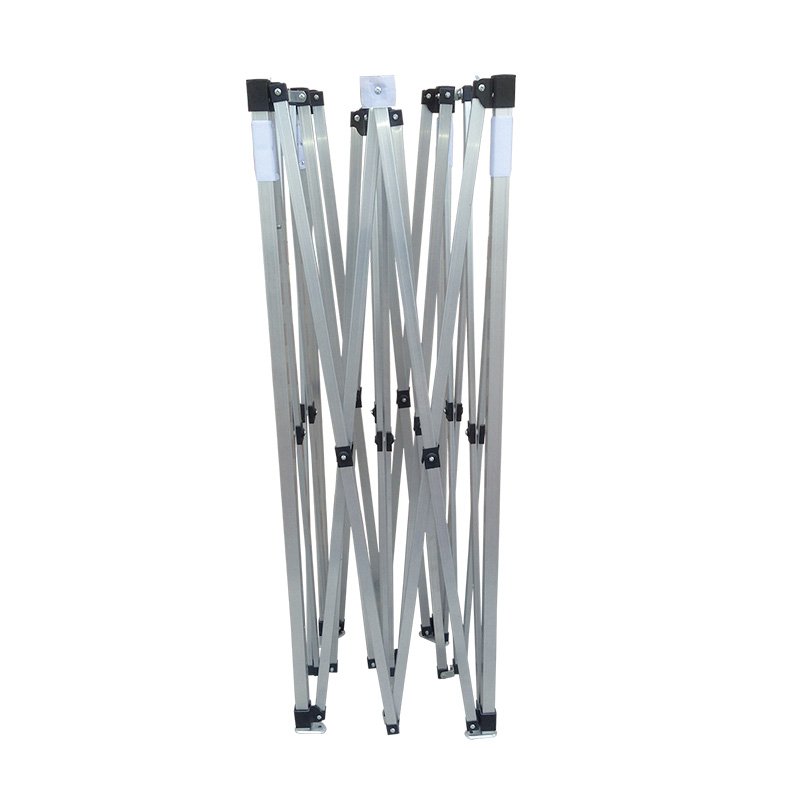

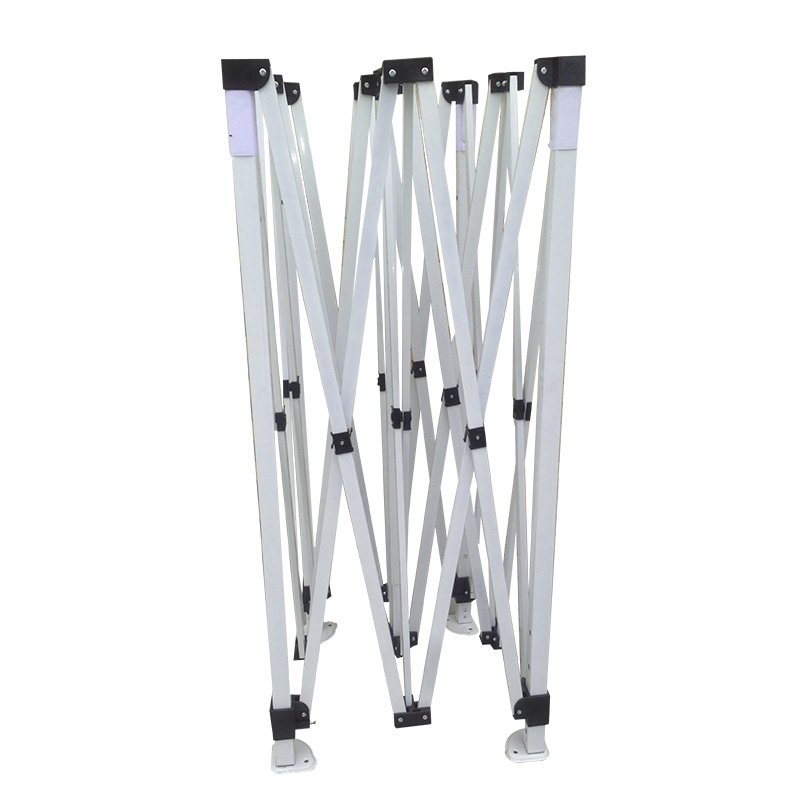
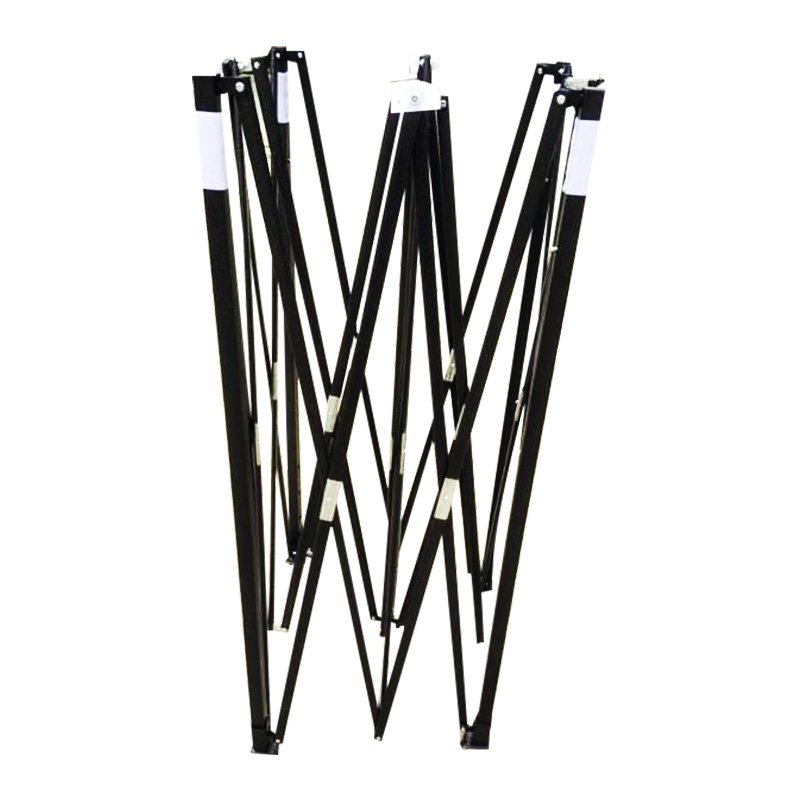
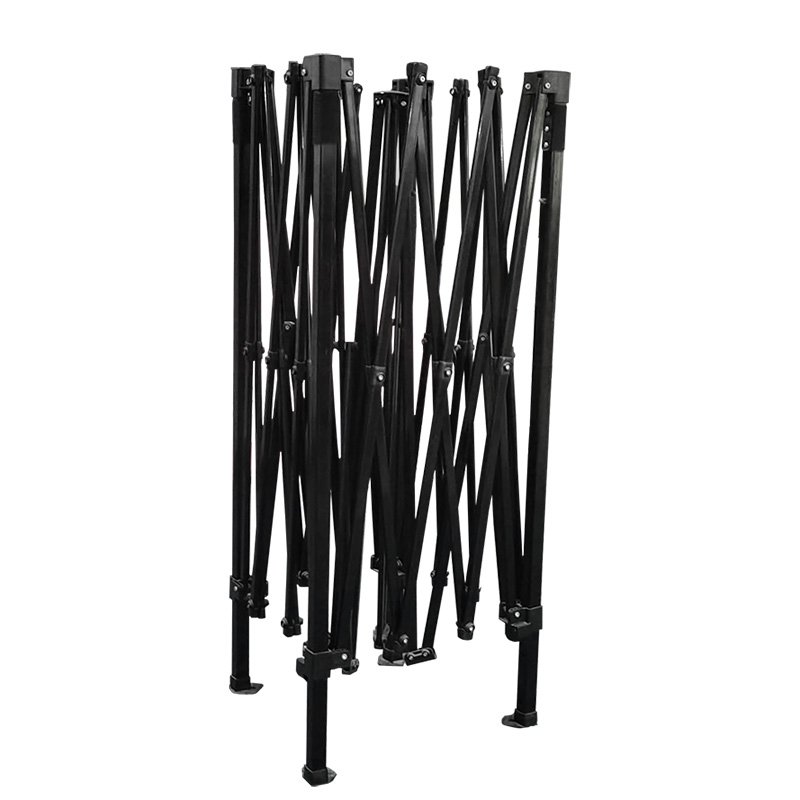

consider multiple aspects
When choosing a tent frame, you need to consider multiple aspects such as materials, size, installation method, durability and stability, and portability. Only by making reasonable choices based on your actual needs and budget can you ensure a safe, comfortable and stable living environment when camping outdoors.
Our story began 15 years ago, when we established our factory with the vision of becoming the leading producer of customized tents, canopies, flags, umbrellas, and other related products. Since then, we have been dedicated to providing high-quality and tailor-made solutions for our clients, partnering with numerous reputable brands in the industry.
We are a professional factory specializing in the production of custom-made tents, canopies, flags, and other event supplies. With 15 years of experience, we have a strong research and development team and impressive production capabilities. We have also served many brand clients and have earned a solid reputation in the industry.
Are you a Trading Company or Manufacturer?
We are a manufacturer specialized in Folding tents, Outdoor umbrellas, Beach flags, Advertising Banners
Can you do design for my ideas or drawing?
Yes, we have experienced designers and our own molding factory. According to your requirements, we can design or open mold which has a competitive price.
Can you print any logo for customer?
Yes, both OEM and ODM is available.
How long does sample take?
Sample will be ready within 5-7 days, depends on your printing and material requirements.
What is your advantage?
Cost effective; with low price; Time effective: we promise to make the mass delivery within 30 days Service effective: Our sales people promise to reply your enquiry within 12 hours.
Can I make my customize logo and packaging?
Yes, please contact us for specific details if you need a logo or custom packaging.




